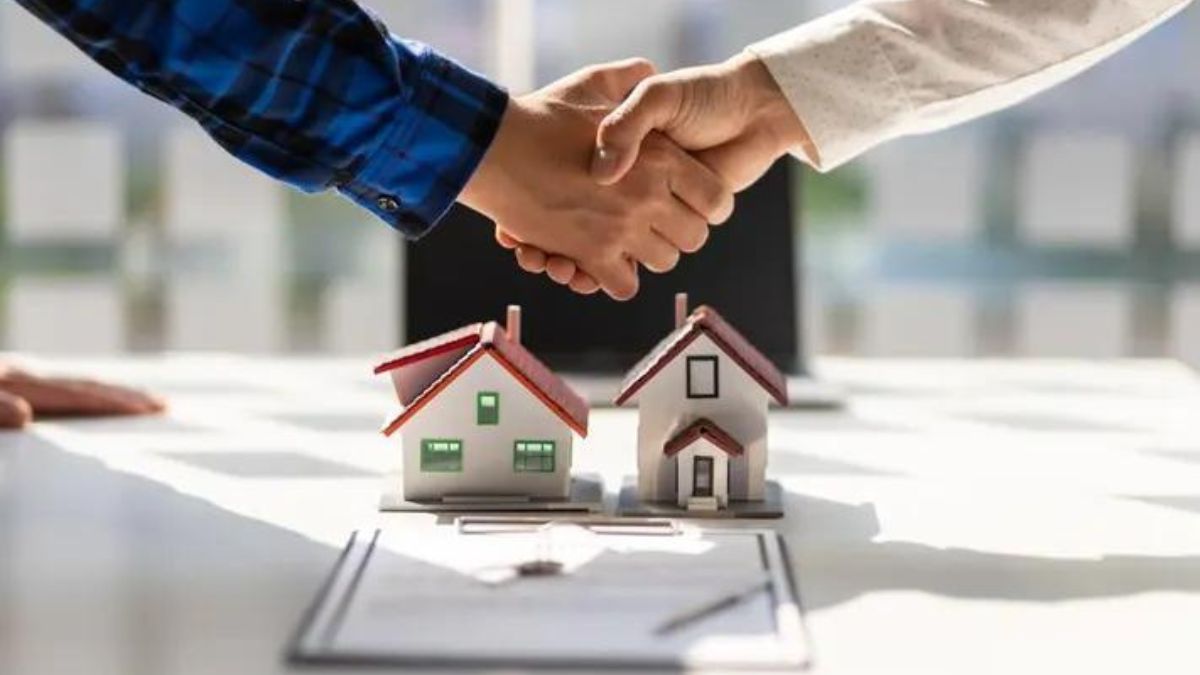
Advertisement
Sustainable real estate development has emerged as a priority for developers, investors, and policymakers seeking to address climate change, reduce environmental impact, and promote resilience in the built environment. From green building design to renewable energy systems, sustainable development practices play a crucial role in creating healthier, more efficient, and more resilient buildings and communities. Understanding the rise of sustainable real estate development is essential for stakeholders seeking to embrace environmental responsibility and future-proof their investments in the face of climate-related risks.
One of the key principles of sustainable real estate development is energy efficiency, which involves designing and constructing buildings that minimize energy consumption, reduce greenhouse gas emissions, and enhance indoor environmental quality. Sustainable buildings incorporate features such as passive design strategies, high-performance insulation, energy-efficient lighting, and renewable energy systems to optimize energy performance and reduce reliance on fossil fuels. By prioritizing energy efficiency, developers can lower operating costs, improve occupant comfort, and mitigate environmental impact, contributing to long-term sustainability and resilience in the built environment.
Furthermore, sustainable real estate development prioritizes water conservation and efficiency, utilizing technologies such as low-flow fixtures, rainwater harvesting systems, and greywater recycling to minimize water usage and enhance water quality. Sustainable buildings incorporate water-saving measures both indoors and outdoors, such as water-efficient appliances, landscape irrigation controls, and drought-tolerant landscaping, to reduce water consumption and promote resilience to water scarcity and drought conditions. By integrating water-saving strategies into building design and operation, developers can conserve water resources, lower utility costs, and enhance sustainability in the built environment.
Additionally, sustainable real estate development emphasizes materials selection, waste reduction, and lifecycle considerations to minimize environmental impact and promote circular economy principles. Sustainable buildings utilize eco-friendly materials, such as recycled content, rapidly renewable resources, and low-emission products, to reduce embodied carbon and minimize waste generation during construction and operation. Developers prioritize waste reduction, recycling, and reuse throughout the project lifecycle, from design and construction to occupancy and decommissioning, to minimize environmental footprint and promote resource efficiency. By embracing sustainable materials and practices, developers can create healthier, more resilient buildings and communities that benefit both people and the planet.
Moreover, sustainable real estate development integrates resilience measures, such as climate adaptation strategies, disaster preparedness, and green infrastructure, to enhance resilience to climate-related risks and natural hazards. Sustainable buildings incorporate resilient design features, such as flood-resistant foundations, stormwater management systems, and passive cooling strategies, to withstand extreme weather events and environmental stressors. Developers prioritize site selection, land use planning, and community design to minimize exposure to climate risks and enhance resilience at the neighborhood and community scale. By integrating resilience measures into development projects, developers can create safer, more sustainable communities that are better equipped to withstand the impacts of climate change and promote long-term prosperity and well-being.
In conclusion, the rise of sustainable real estate development represents a significant opportunity for developers, investors, and communities to embrace environmental responsibility, promote resilience, and build for the future. By prioritizing energy efficiency, water conservation, materials sustainability, and resilience measures, stakeholders can create healthier, more efficient, and more resilient buildings and communities that benefit both people and the planet.
